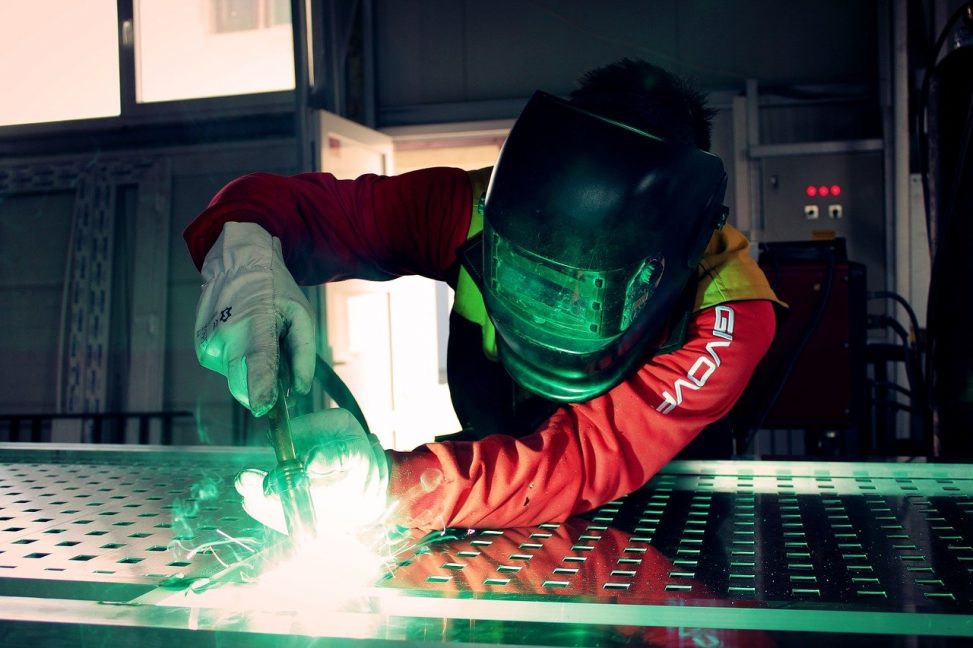An alloy is a metallic substance consisting of two or more elements that are either in compound or solution form. Alloys are used in the leather goods industry for accessories that include buttons, zippers, buckles, studs, and packaging cases for the products. These accessories have majorly been made using leaded brass alloys in the past. However, since lead is a heavy metal and has toxic properties, this is no longer the case.
Use of Unleaded Alloys
In order for their products to be eco-friendly, alloy-manufacturing companies have moved on to low-lead or lead-free alloys. Unleaded alloys have become widely accepted due to environmental concerns. Consequently, this has seen an increase in their production. Their demand is evident from the increased demand of their counterpart welding consumables. Some of the unleaded alloys include Nickel-Aluminum Bronze alloy, Tin Bronze alloy, Bismuth Tin Bronze alloy, Silicon Brass alloy, High Tin Bronze alloy among others.
Aesthetics of alloys in Leather Goods
Aesthetics is a major factor to consider with leather goods because they are part of the fashion industry. For an alloy to be used to make buckles of a belt or a shoe, it needs to have an excellent surface appearance. Appeal to customers comes about as a result of excellently crafted intricate pieces of artwork and the metal compound used must be satisfactory in this sense.
Of all the unleaded alloys that have been adopted for use since the call for more eco-friendly alloys, the zamak alloys have proved formidable and are being used with continual acceleration. It is an alloy that consists of Zinc, Aluminum, Magnesium, and sometimes Copper. The name is an acronym for the elements it contains. Besides having the ability to produce high aesthetics when used with the leather goods such as belts and shoes, it has improved slagging resistance. These properties endear it to the leather goods industry. High aesthetics mean better-looking goods, more sales, and higher profits. On the one hand, better slagging resistance means less cost of production for the company.


